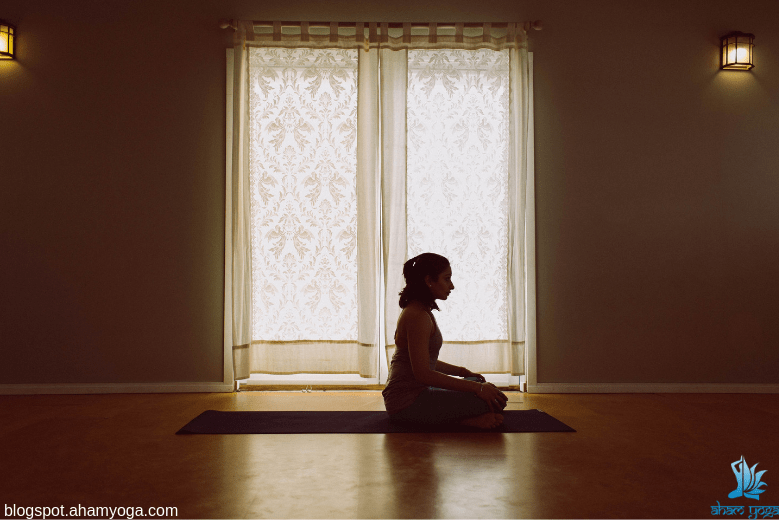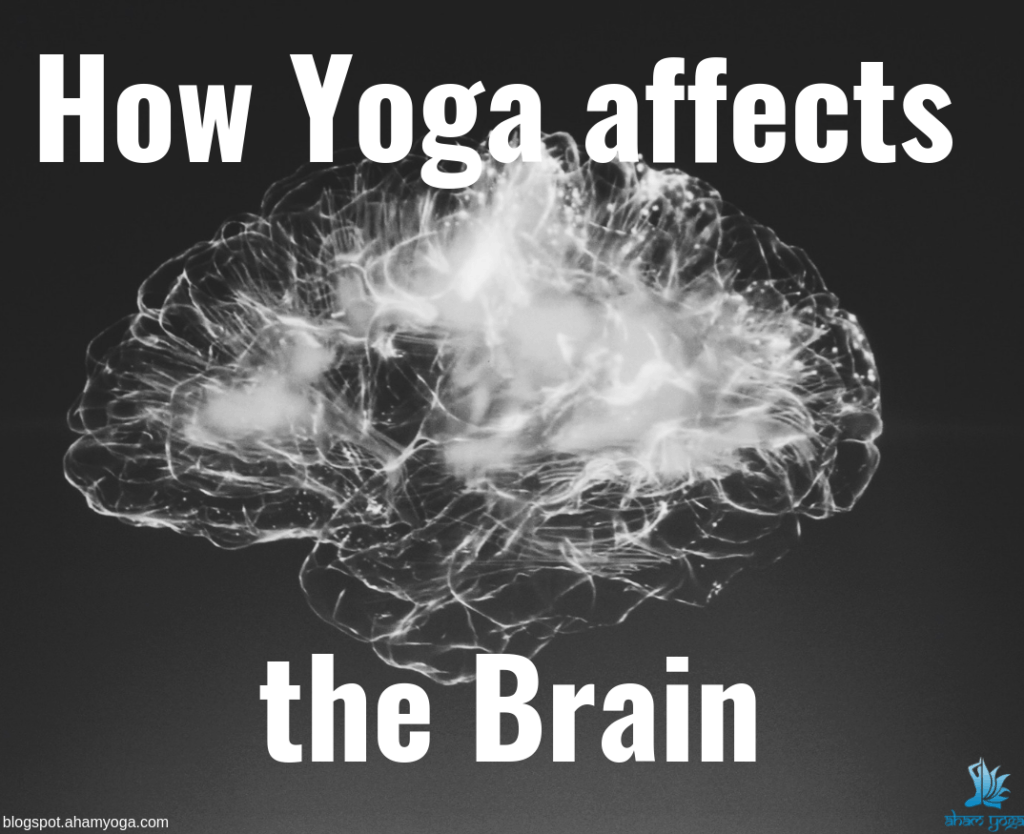Have you ever wondered why millions of people for centuries at length have turned and twisted their bodies into all sort of shapes repeatedly? How do these shapes affect us? How does one calm their mind with yoga when the poses look nothing short of a circus performer at times? Let’s take a look at how yoga affects the brain to get all the answers you’ve been searching for.
Most often, we think we are predisposed to stress and wired to react with the fight or flight response. While this is true to an extent, according to neuroscientist Alex Korb, our stress response is partly innate and partly learned in childhood. This tendency is enhanced by years of reinforcement. In particular, we tend to absorb how our parents react to stressful situations. Other relationships closest to us leave a deep impact on our ability to deal with stress in our later years as well. Their reaction to situations greatly impacts our nervous system. The good news is that with some training, we can un-learn and re-learn new ways of dealing with stress by creating new habits and reinforcing the habits that are more beneficial to our overall well-being.

Millions of people say they do yoga simply because it feels good. This feel-good experience is not magic, it’s actually a part of neurobiology. “The things we do and the thoughts we have change the firing patterns and chemical composition of our brain,” says Dr. Alex Korb. Ancient yogis have known for centuries what medical science is only discovering now. While indulging in a yoga practice often called asana (or poses), one is asked to relax the facial muscles which help to relax the brain. This calls attention to the present moment to watch the breath and tune into the sensations of the body. Although they are temporary, these small but intentional acts can have a deep impact on our brain. Hence, it is necessary to practice yoga regularly to reinforce the positive stress response for our brain each time.
If you ask a beginner to describe their experience in a yoga class, they will often tell you that it was difficult. They may say they were shaking in many poses, trying not to fall, and dripping sweat. All this while the yoga teacher asked them to stay focused on their breath. Also in addition to staying calm as they move, twist, and turn their body. While this may seem impossible when you’re new to an asana practice, it’s not. This very act of stressing out the body and mind is the secret sauce for the brain. Yoga poses offer a challenge in different forms similarly to how life does. In any circumstance, you can start applying the same calming or soothing techniques. Take a deep breath, relax tension in your facial muscles, close your eyes, and learn to pause before you react or give up.
Applying these small techniques in real life when we’re not on our yoga mat is what yoga is really all about. Yoga teaches us to be more present in the moment. It also teaches to improve our ability to stay mindful in all circumstances. Even if those circumstances are unpleasant. This allows us to always bring our best self forward. We would much rather that than a random, habitual response triggered by conditioning from the past or lack of self- awareness.
Something to consider is that we may participate physically in yoga classes but not really ever actually do yoga. Occasionally, people will miss the point and think yoga is only about doing the next trendy pose that they can share on Instagram. This tends to portray a perfect life. It misses the entire point of being intentional about the present moment. It also misses the advantages of calming the mind and taming the ego. Sadguru has often said, “The only way out is in.”

To summarize, Dr. Alex Krob said, The stress response in the nervous system is triggered reflexively by discomfort and disorientation. The twisting of your spine, the lactic acid building up in your straining muscles, the uneasy feeling of being upside down, the inability to breathe, are all different forms of discomfort and disorientation. They tend to lead reflexively to anxious thinking and activation of the stress response in the entire nervous system. However, just because this response is automatic, does not mean it is necessary. It is, in fact, just a habit of the brain. One of the main purposes of yoga is to retrain this habit so that your brain stops automatically invoking the stress response.
Next time you roll out your yoga mat, don’t worry if a pose gets too challenging. Remember it’s never just about the yoga pose itself. It is so much more. After all, a down dog a day keeps the doctor away.


2 comments
This was an extremely insightful and knowledgeable Blog. Thanks for the information and cheers to the writer.
Well written, easy to understand and very informative! Thank you for enlightening us in such a professional way! The ultimate aim of the Yoga is enlightenment,It is believed that liberation could be more quickly achieved through a sophisticated set of transformation practices designed to purify the physical body and mind through energy practices.Very nice and inspiring post!
Comments are closed.